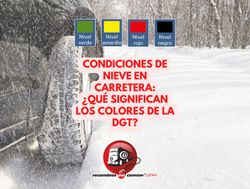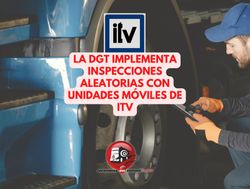Remote detection of tampering or misuse of the tachograph
The Continental brand has developed a remote detector that will allow traffic agents to detect anomalies in the tachographs of trucks in circulation, without having to stop them.

Continental's new device, which they have called DSRC, is an early remote sensing device. With it, signs of a possible malfunction, misuse or manipulation of tachographs can be detected. And all this remotely, without the need to stop the vehicle being inspected, as is done now.
The DSRC does not sanction automatically but, when located at a point of passage for trucks, it indicates to the traffic agents, which vehicles could be infringing the tachograph regulations. Once a vehicle with this device is detected, the agents will proceed to stop it and check its tachograph, sanctioning if misuse or manipulation is confirmed.
In short, the DSRC performs a pre-selection of suspicious vehicles, collecting data from the tachographs of trucks in circulation.
This makes control tasks easier and more efficient. This remote sensing can only be done with smart tachographs.
It should be noted that the DSRC does not collect personal data such as driving or rest time and that, if nothing relevant is detected, it deletes the data obtained after three hours.
This device is created by Continental as an essential tool to comply with EU Regulation 2016/799, which obliges the member states of the European Union to carry out this type of check on digital tachographs.
The different state security forces have already begun to test the new DSRC. Both the Civil Guard, in December, and the different regional police forces, in January, have carried out tests with these devices, in different locations and in their two modalities.
The DSRC has been tested both statically, mounted on the road, and dynamically, mounted on a patrol car that is circulating.
The tests have been a complete success and it seems that it will be the option chosen in our country to carry out this type of pre-selection of vehicles to be inspected.
It is expected that, in August 2024, after a recent advancement of the compliance date, these types of devices will enter service, incorporating them into the current tools for the control and sanction, if applicable, of vehicles in circulation on Spanish roads, thus complying with the requirements of EU Regulation 2016/799.





Opinions of our clients
Receive our news